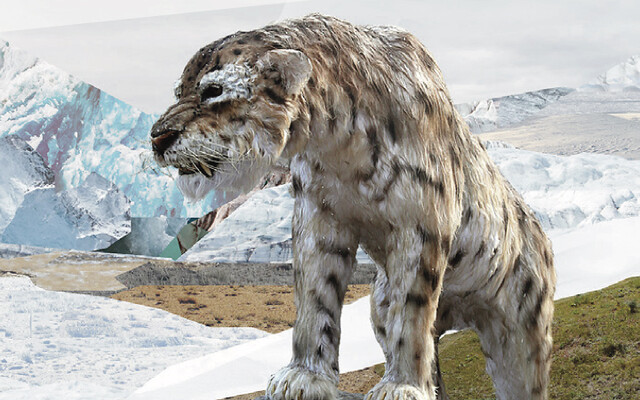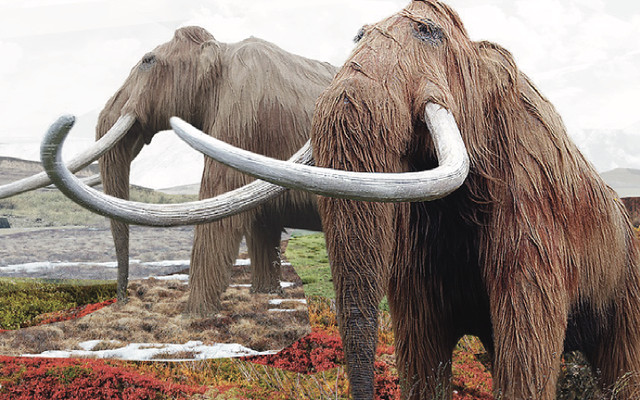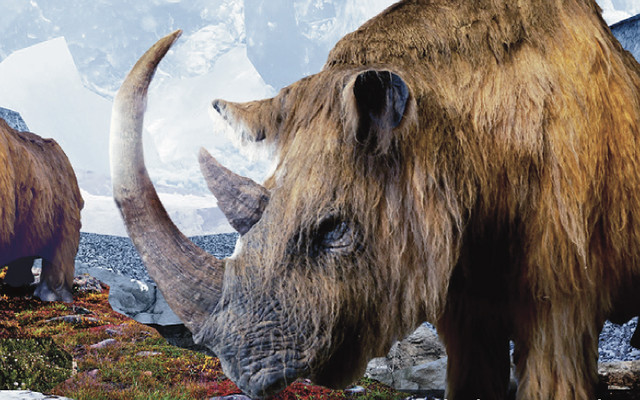Mammalia

Delfín Rosado
Inia geoffrensis


9 POINTS
El Movimiento: 2
Dato: A diferencia de los demás delfines el delfín rosado tiene cuello, lo que les permite mover la cabeza hacia los lados. Son criaturas sagradas para los Ticuna y se cree que cazarlos trae mala suerte.

Humano
Homo sapiens


1 POINTS
El Movimiento: 2
Dato: Desde nuestro origen en África, los humanos tenemos una de las historias de migración más interesantes entre los animales.Nos hemos esparcido por todo el planeta, vivimos en todos los climas y hábitats y hemos transformado enormemente los ecosistemas. En Colombia vivimos más de 48 millones de personas.

Humpback Whale
Megaptera Novaeangliae


5 POINTS
PLAY: The Acorn Barnacle is a suspension feeder, extracting food from the water.
FACT: Acorn Barnacle produce a brown glue that fastens it to a hard surface.

European Saber-Toothed Cat
Homotherium latidens


EXTINCT | 8 POINTS
PLAY: Move of 2. The card may be put next to all sizes of herbivores.
FACT: The European saber-toothed cats are often wrongly called “saber-toothed tigers”. Saber-toothed cats belong to their own genus.

Woolly Mammoth
Mammuthus primigenius


EXTINCT | 4 POINTS
PLAY: Move of 1
FACT: The mammoth’s tusks grow throughout life of the mammoth. By counting the growth rings at the thickest point, one can find out how old the mammoth was. They grew about 10 to 20 cm each year.

Woolly Rhino
Coelodonta antiquitatis


EXTINCT | 4 POINTS
PLAY: Move of 1
FACT: When horns from woolly rhinos were found in Russia during the 19th century, many believed they were the claws of giant birds, because they were found apart from the rest of the body.